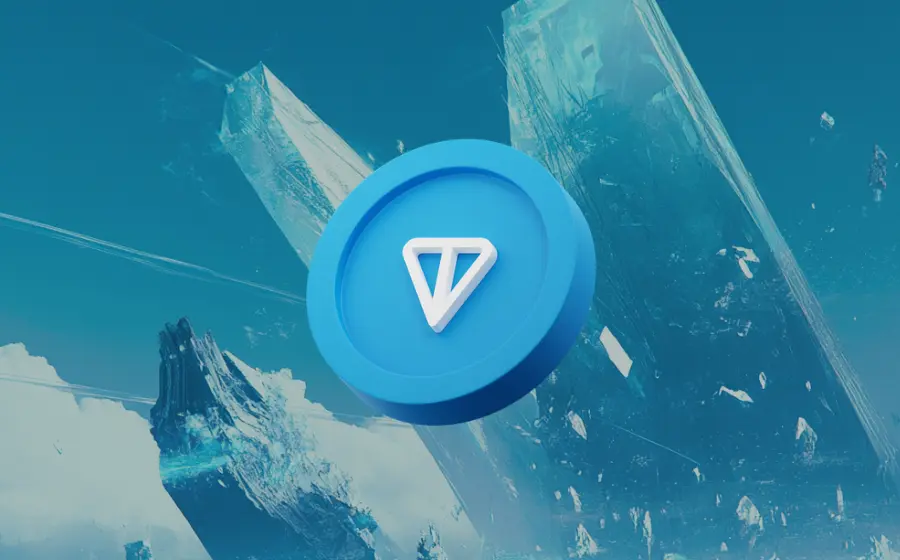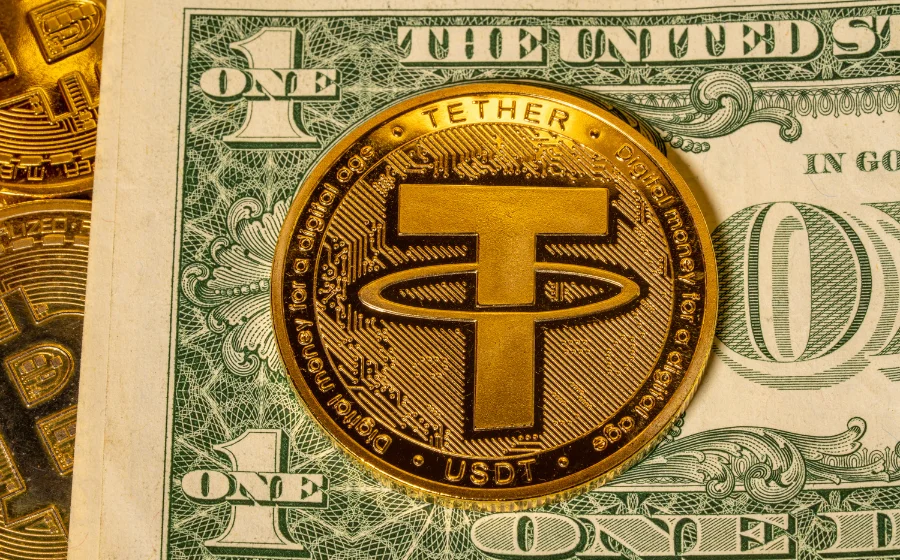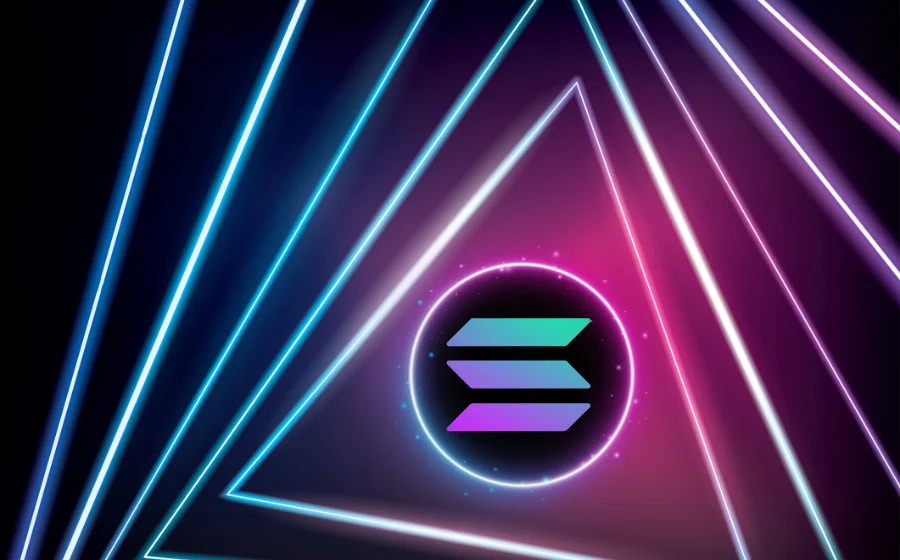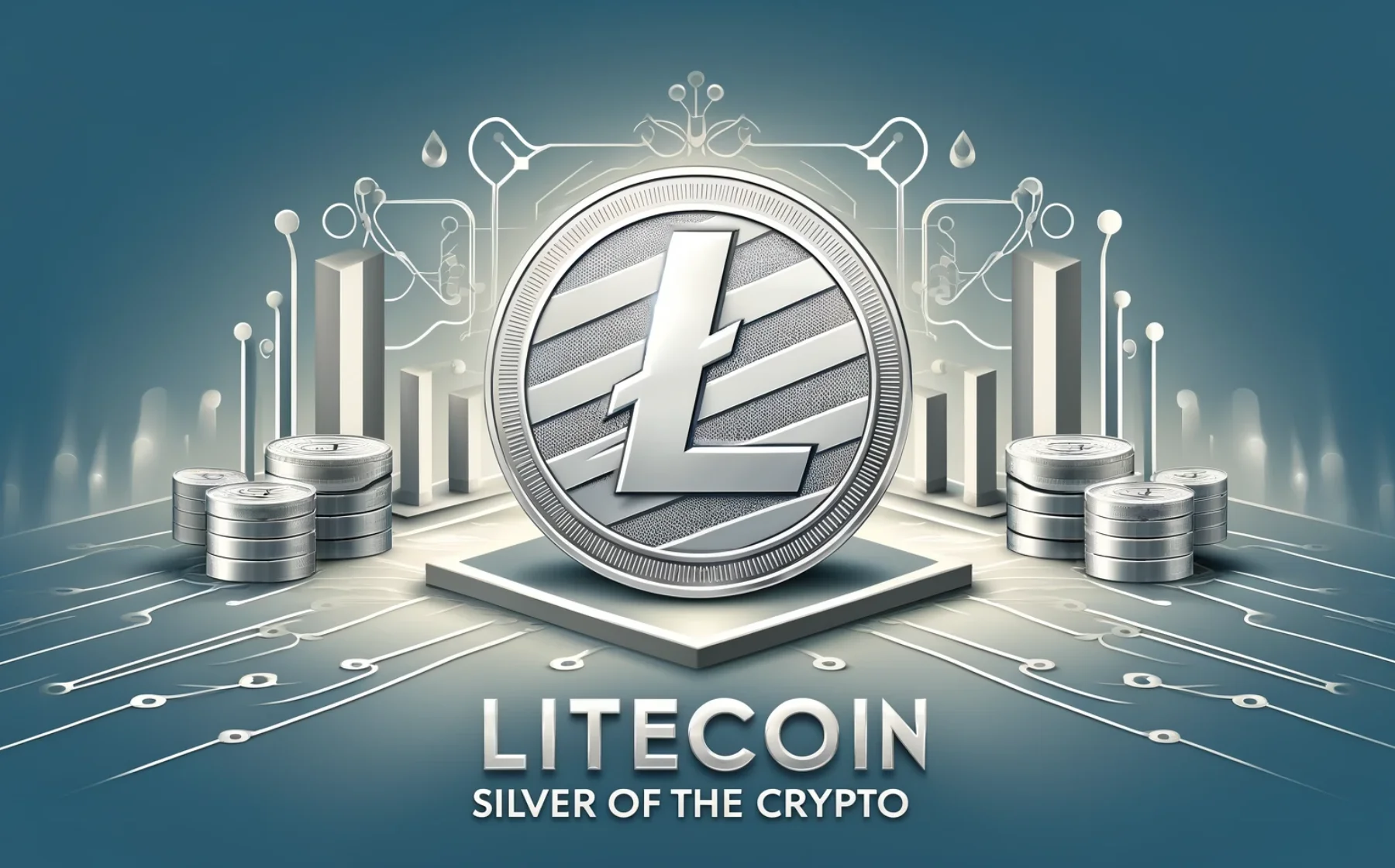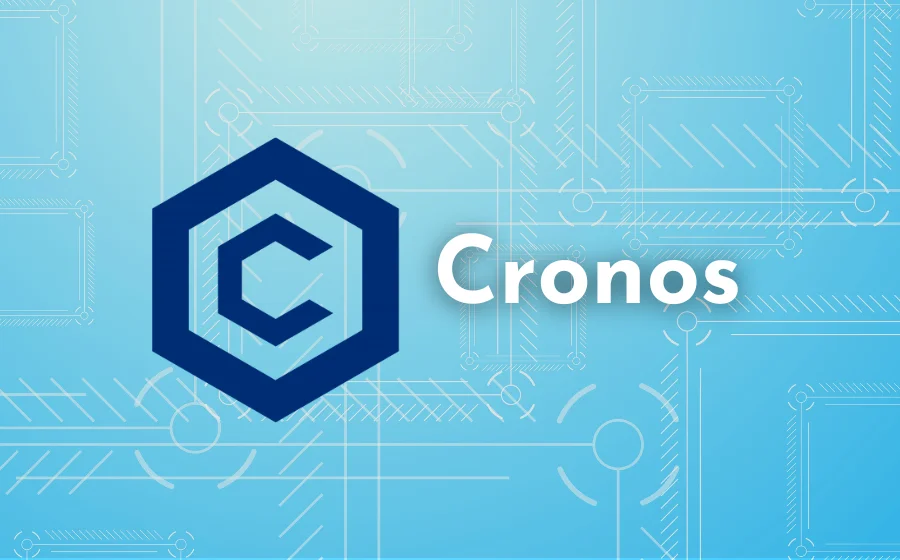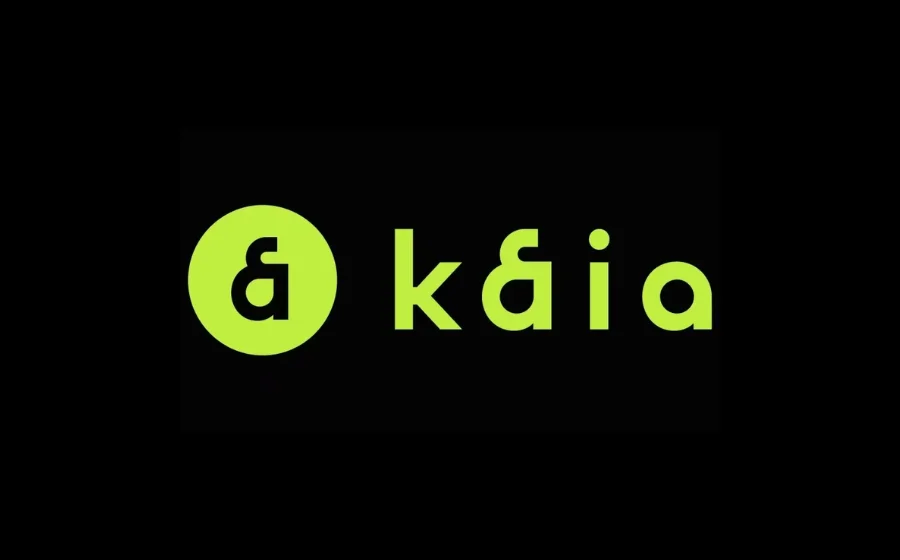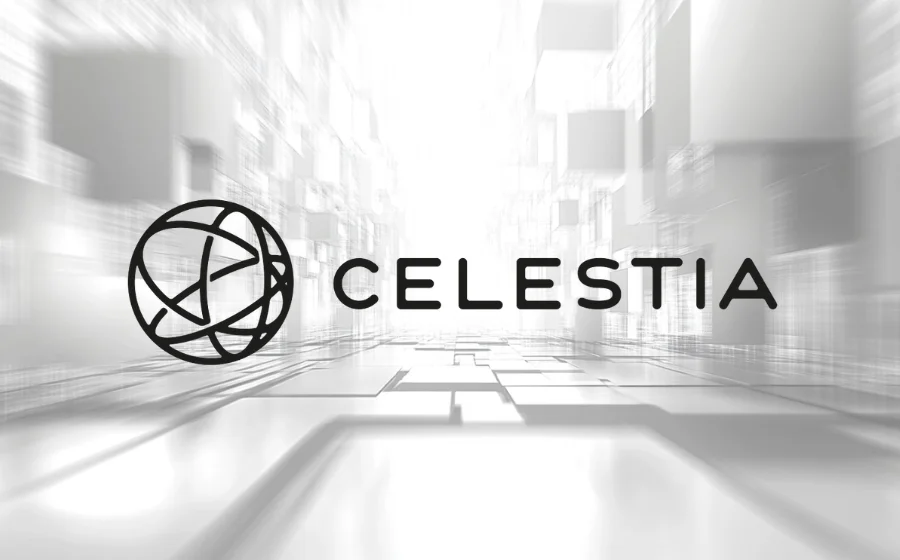
KEYTAKEAWAYS
- Cardano (ADA) uses an energy-efficient PoS mechanism, significantly improving transaction speeds and scalability.
- Developed to tackle network congestion and interoperability issues, Cardano employs sidechains and smart contracts.
- With a clear roadmap and strong development teams, Cardano (ADA) is poised for significant future growth.

CONTENT
Cardano (ADA) addresses key issues like network congestion and lack of interoperability in blockchain platforms. Discover its advanced technology, development roadmap, and future potential.
WHAT IS CARDANO (ADA)?
ADA is the native token of the Cardano blockchain mainnet. It can be used for transactions and payments like fiat currency, and it can also participate in the Cardano ecosystem through circulation, staking, and governance (including proposals and voting). Cardano is a public blockchain platform similar to Bitcoin, Ethereum, and BNB Chain, providing a secure, transparent, and decentralized infrastructure to support the development and operation of various applications.
Cardano was developed and launched in 2015 by Charles Hoskinson, a co-founder of Ethereum. Hoskinson believed that the consensus mechanisms of Bitcoin and Ethereum (Proof of Work, PoW) consume a lot of resources and have limited transaction processing speed. Therefore, he established a new consensus mechanism based on Proof of Stake (PoS) on Cardano and adopted a dual-layer blockchain structure to enhance overall system performance. The PoS consensus mechanism effectively improves the blockchain’s operational speed, allowing Cardano to process about 250 transactions per second, significantly enhancing on-chain transaction efficiency. Cardano aims to promote positive global change and support “changemakers, innovators, and visionaries.” As an open-source platform, Cardano seeks to create a more secure, transparent, and fair society.
>>> More to read : What is Bitcoin?
WHY WAS CARDANO (ADA) CREATED?
Before the creation of Cardano (ADA), there were already many public blockchains, such as Bitcoin (BTC), Litecoin (LTC), and Ethereum (ETH). So why was there a need to create another one?
The primary purpose of creating the ADA token and its associated blockchain, Cardano, was to address two major issues observed in the first-generation cryptocurrency Bitcoin (BTC) and the second-generation cryptocurrency Ethereum (ETH):
1. Network Congestion:
During peak transaction periods, the Bitcoin and Ethereum networks are prone to congestion.
2. Lack of Interoperability:
Bitcoin and Ethereum each have their own blockchain platforms that do not communicate with each other. Additionally, both communities have experienced splits due to differing opinions, leading to forks like Bitcoin Cash and Ethereum Classic.
Cardano (ADA) was developed to solve these two major problems.
While the first-generation blockchain, represented by Bitcoin (BTC), was created earlier and had a first-mover advantage, giving it high visibility and market share, network congestion and high gas fees have been persistent issues, resulting in poor user experience.
Against this backdrop, the second-generation blockchain platforms, represented by Ethereum (ETH), were introduced to make some improvements but still failed to fully meet user needs. They also introduced new issues such as lack of interoperability between platforms and community splits, which hindered ecosystem development. This scenario spurred the creation of the third-generation blockchain platform, Cardano.
To more effectively solve network congestion, Cardano (ADA) developed a new algorithm called Ouroboros, essentially a proof-of-stake (PoS) mechanism that is secure and highly scalable. To address interoperability and forking issues, Cardano (ADA) uses side chains and smart contract technology, enabling secure conversion between different mainnet tokens and preventing forks, while also setting an example for industry development.
- Cardano’s Optimization Directions
1. Scalability:
Charles Hoskinson emphasizes that a blockchain’s scalability depends on TPS (Transactions Per Second), network bandwidth, and data volume. As more users join, the need for higher TPS, greater bandwidth, and more storage increases. Cardano developed the Ouroboros algorithm, a secure Proof of Stake (PoS) protocol, to address network congestion, transaction efficiency, and scalability issues.
2. Interoperability:
Different blockchain systems (e.g., Bitcoin, Ethereum) and traditional banking networks often cannot communicate due to distinct rules and logic. Cardano uses sidechains to enable secure cryptocurrency conversion without relying on exchanges, reducing security risks.
3. Sustainability:
Unlike companies, cryptocurrencies need sustainable funding. Cardano charges transaction fees to fund operations. To prevent issues from differing opinions like those seen in Bitcoin and Ethereum, Cardano is creating a constitution-like framework called the Cardano Improvement Proposal (CIP), enforced by smart contracts to ensure smooth execution on the blockchain.
>>> More to read : What Is Ethereum?
PROS AND CONS OF CARDANO (ADA)
Pros of ADA:
1. Advanced Technology: ADA uses a smart PoS consensus mechanism, which is more energy-efficient compared to BTC’s PoW. It also employs two independent layers to ensure security while increasing transaction speed, achieving a TPS (Transactions Per Second) of 250, far exceeding BTC’s 7 TPS and ETH’s 30 TPS.
2. Strong Development Teams: ADA is supported by three dedicated teams:
- IOHK: Led by founder Charles Hoskinson, this team is responsible for technical development.
- EMURGO: Oversees Cardano-related projects and addresses funding issues.
- Foundation: Handles all external affairs, similar to a foreign affairs department.
3. Early Adoption and Market Position: ADA has a strong base of loyal early adopters, proven resilience through bear markets, and a high market capitalization with good liquidity, making it easier to gain new user trust.
Cons of ADA:
1. Early Development Stage: The ADA ecosystem is still in its early stages of development and significantly lags behind Ethereum. Additionally, ADA does not support the popular Ethereum Virtual Machine (EVM), which hinders ecosystem expansion.
2. Slow Project Progress: Development has been slow, with several projects facing serious crises. In 2022, the team only started developing DeFi plans, and the launch of Sundae Swap faced numerous issues, including platform and transaction errors. Other initiatives, such as the financial operating system, microloans, and open-source project structures for Linus, also encountered many problems.
FUTURE PROSPECTS OF CARDANO (ADA)
Cardano (ADA) is a cryptocurrency with significant future potential. Leveraging its advanced blockchain technology, Cardano offers highly transparent services and has substantial development opportunities, such as creating the Plutus smart contracts and AdaPay.
Blockchain technology provides ADA with stable support, enabling more efficient fund management and faster, more secure transactions. Compared to other digital assets, ADA can more easily integrate with exchanges, suggesting a growing user base in the future.
ADA has a clear development roadmap divided into five stages:
- Byron: Establishing the mainnet, issuing ADA, and community development.
- Shelley: Achieving decentralization.
- Goguen: Implementing smart contracts and ecosystem development.
- Basho: Improving scalability and interoperability.
- Voltaire: Transitioning governance to the community.
Currently, Cardano is in the Goguen phase, focusing on ecosystem expansion. In early 2023, it began transitioning to the Basho phase, proposing various solutions for scalability and interoperability. Given its project advantages, skilled development team, and strong user support, the future of Cardano (ADA) looks promising.
FAQ
- What is Cardano (ADA)?
ADA is the native cryptocurrency of the Cardano blockchain, serving as the currency within the Cardano ecosystem, for on-chain applications, and for staking purposes.
- Why was Cardano (Ada) Created?
The primary purpose of creating the ADA token and its associated blockchain, Cardano, is to address two major issues with Bitcoin (BTC) and Ethereum (ETH): network congestion and lack of interoperability.
▶ Buy Crypto at Bitget
ꚰ CoinRank x Bitget – Sign up & Trade to get $20!

